When it comes to white wines, Riesling and Pinot Grigio are two names that often pop up in conversations. Both wines have their own unique characteristics and flavors, making them popular choices among wine enthusiasts around the world. While Riesling is known for its floral aromas and sweet notes, Pinot Grigio is renowned for its crisp acidity and citrusy undertones.
Understanding the difference between these two beloved white wines can help you navigate through the vast world of wine with confidence, whether you’re hosting a dinner party or simply looking to expand your palate. So let’s dive into the nuances of Riesling versus Pinot Grigio and discover what sets them apart on your next wine-tasting adventure!

Understanding Riesling
Riesling, often misunderstood and underappreciated, is a versatile and complex white wine that deserves a place in every wine lover’s collection. Its crisp acidity and unique aromas make it the perfect choice for those seeking a wine with depth and character. Contrary to popular belief, Riesling can be both dry and sweet, with the sweetness ranging from bone-dry to lusciously sweet.

Terroir
What sets Riesling apart from other white wines is its ability to express the terroir of its origin. The variety has an uncanny ability to reflect the nuances of the soil and climate in which it is grown. Whether it’s a mineral-driven expression from the steep slopes of Germany’s Mosel region or a more tropical fruit-forward style from Australia’s Clare Valley, Riesling showcases its sense of place like no other grape.

Ageing Potential
One often overlooked aspect of Riesling is its aging potential. While many white wines are meant to be consumed young, Rieslings can evolve beautifully over time. The high acidity levels act as a natural preservative, allowing these wines to gracefully mature for decades if stored properly. As they age, Rieslings develop complex flavors and aromas that range from honeyed notes and petrol-like characteristics to dried fruits and spiciness.

In conclusion, understanding Riesling goes beyond simply knowing it as another white wine option. It’s about appreciating its versatility, embracing its ability to showcase terroir, and exploring its incredible aging potential.
Understanding Pinot Grigio
Pinot Grigio, the widely recognized and loved white wine varietal, originates from Italy. Known for its light-bodied profile and refreshing acidity, Pinot Grigio has become a go-to choice for casual wine drinkers around the world. But what makes this particular variety so unique?
Aromatics
One of the distinguishing features of Pinot Grigio lies in its delicate aromatics. While it may not be as fragrant as other white wines like Sauvignon Blanc or Riesling, Pinot Grigio still offers a subtle bouquet of pear, apple, and citrus notes. This restrained aroma allows the wine to showcase its crisp and clean flavor profile.

Versatility
Another intriguing aspect of Pinot Grigio is its versatility when it comes to food pairing. Its straightforward nature means that it can complement a wide range of dishes with ease. From salads and seafood to light pasta dishes and grilled vegetables, Pinot Grigio effortlessly enhances the flavors on your plate without overpowering them.
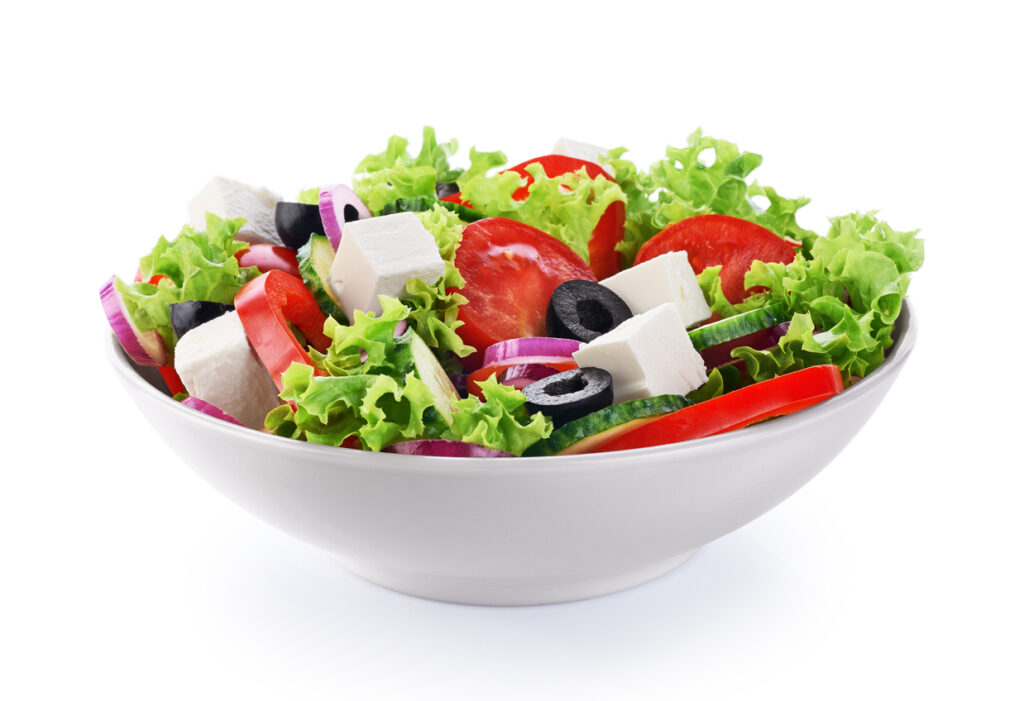
Overall, understanding Pinot Grigio goes beyond its popularity; it’s about appreciating its nuanced qualities. So next time you pour yourself a glass of this enticing Italian wine, take a moment to savor its delicate aromas, appreciate its versatile nature when paired with food, and let your taste buds explore all the subtle nuances this varietal has to offer.
Differences of Riesling vs Pinot Grigio
When it comes to white wine, two popular options that often come to mind are Riesling and Pinot Grigio. While they may both fall into the category of crisp and refreshing white wines, there are some key differences that set them apart.
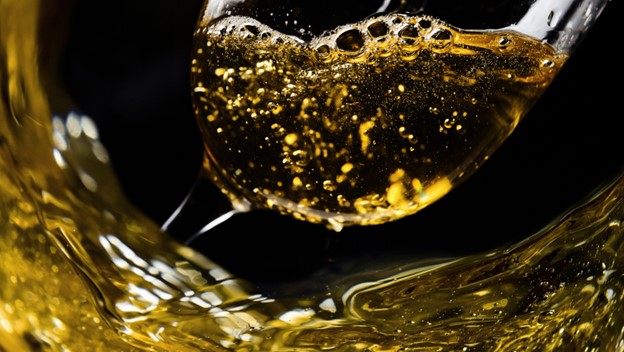
Sweetness Level
One notable difference between Riesling and Pinot Grigio is their level of sweetness. Rieslings are known for their range of sweetness levels, from bone-dry to lusciously sweet dessert wines. On the other hand, Pinot Grigios tend to be consistently dry with minimal residual sugar. This difference in sweetness makes them suitable for different occasions – a dry Pinot Grigio might be more fitting as an apéritif or paired with lighter dishes, while a sweeter Riesling can complement spicier foods or serve as a delightful standalone treat.

Acidity
Additionally, the acidity in these wines varies significantly. Rieslings tend to have higher acidity levels compared to Pinot Grigios. This higher acidity gives Rieslings a bright and zesty character that can cut through rich or fatty foods and provide a refreshing contrast. In contrast, the lower acidity found in many Pinot Grigios makes them smoother on the palate with less tartness. This difference in acidity gives each wine its own distinct flavor profile and mouthfeel.
Flavors of Riesling vs Pinot Grigio
When it comes to white wines, Riesling and Pinot Grigio stand out for their distinct flavors and characteristics. Riesling, known for its versatility, offers a wide range of flavors depending on where it’s grown. From Germany to Australia to the United States, Riesling can deliver notes of green apple, citrus zest, and sometimes even petrol. This variety in flavor profiles makes Riesling an exciting wine for adventurous palates looking to explore different expressions.
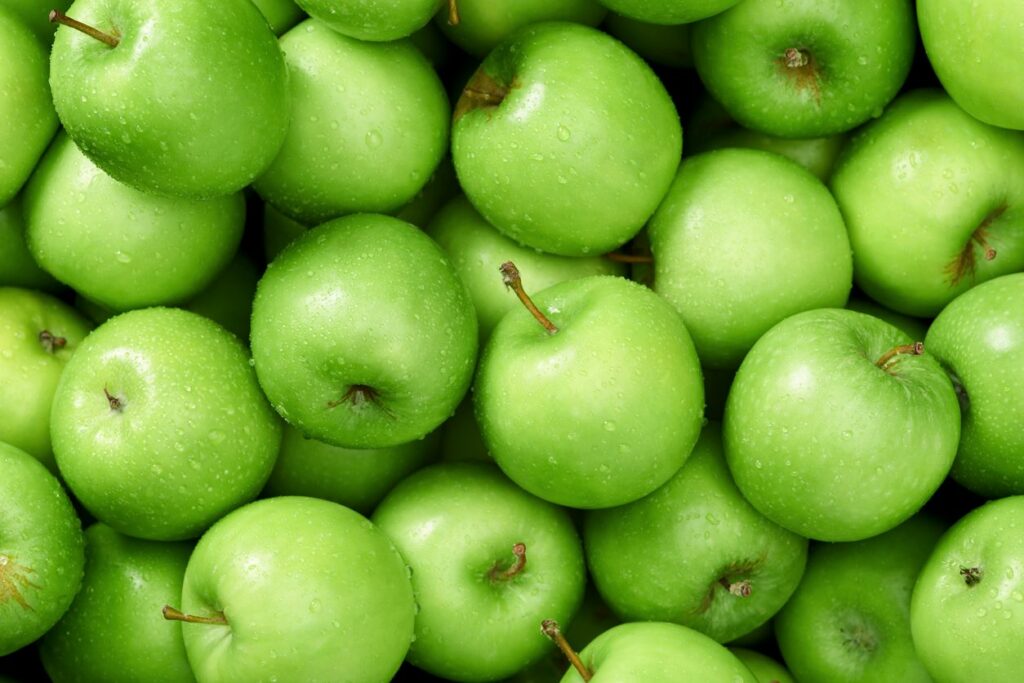
On the other hand, Pinot Grigio tends to be more straightforward in terms of flavor. Straight from Italy’s cool climate regions like Veneto and Friuli-Venezia Giulia, this wine often boasts crisp acidity with delicate aromas of lime zest, pear, and honeysuckle. Pinot Grigio is loved for its light-bodied nature and refreshing qualities that make it a perfect choice for warm summer days or as an apéritif.
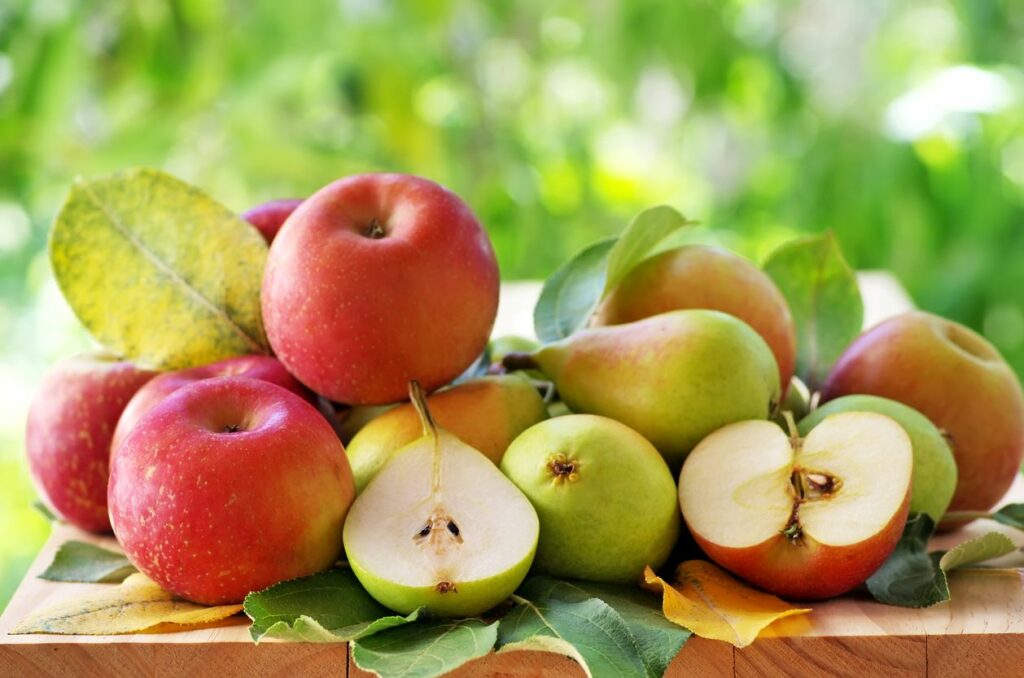
While both wines offer their own unique attributes and flavors, they truly shine in different contexts. Riesling’s diverse range makes it ideal for food pairing opportunities as it can complement spicy dishes while also standing up to rich sauces such as those found in Asian cuisine. On the other hand, Pinot Grigio is best enjoyed on its own or alongside light fare like salads or seafood due to its lighter body and delicate flavor profile.
Food pairing of Riesling vs Pinot Grigio
When it comes to food pairing, Riesling and Pinot Grigio are two versatile white wines that can elevate any dish. Riesling, with its bright acidity and floral notes, pairs beautifully with a wide range of cuisines. The slight sweetness in some Rieslings can balance out spicy dishes such as Thai green curry or Indian vindaloo. On the other hand, Pinot Grigio’s crispness and subtle fruitiness make it an excellent match for lighter fare. Its refreshing acidity cuts through the richness of dishes like grilled seafood or creamy risotto.
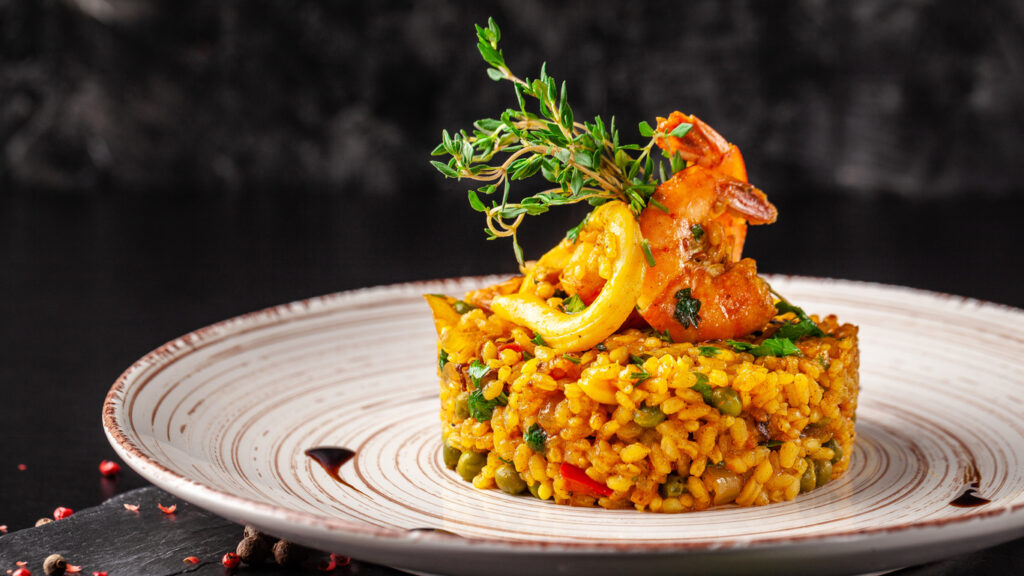
Interestingly, both Riesling and Pinot Grigio have contrasting flavor profiles that complement different ingredients in a dish. For example, the floral characteristics of Riesling can enhance the aromatic flavors of herbs like basil or mint in a pesto sauce, while the zesty notes in Pinot Grigio bring out the vibrant flavors of lemon zest garnished on salads or roasted vegetables.
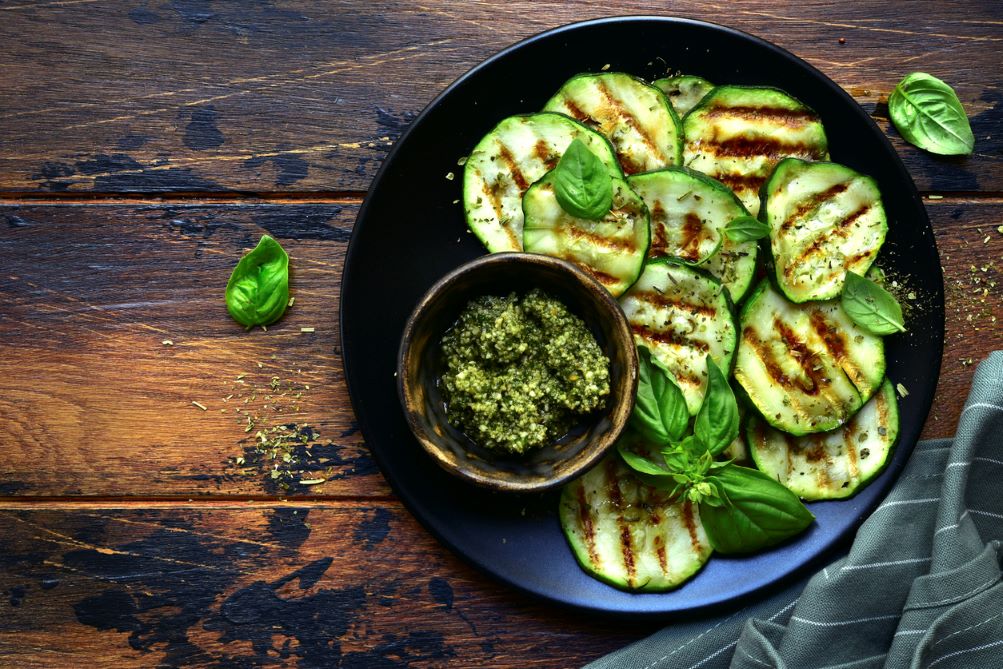
Ultimately, choosing between Riesling or Pinot Grigio for food pairing depends on personal preference and the specific dish at hand. Both wines bring their unique qualities to the table and offer an exciting array of options to explore when seeking that perfect match for your next meal. So go ahead and experiment – you might just stumble upon a delightful combination you never knew existed!
Sweetness of Riesling vs Pinot Grigio
Both Riesling and Pinot Grigio are white wine varietals that have gained immense popularity among wine enthusiasts. These wines offer distinct flavors and characteristics but often find themselves compared in terms of their sweetness. While both can be enjoyed as refreshing, crisp, and fruity options, there is a marked difference when it comes to sweetness.

Riesling tends to showcase a higher level of sweetness compared to Pinot Grigio. This is partly due to the residual sugar content in Riesling grapes, which contributes to its rich flavor profile. The higher acidity in Riesling helps balance out the sweetness, creating a harmonious blend that tantalizes the taste buds. On the other hand, Pinot Grigio leans towards a drier style with lower residual sugar levels. This makes it a go-to choice for those seeking a more restrained and crisp white wine experience.

The contrasting levels of sweetness in Riesling and Pinot Grigio open up an exciting world for wine lovers to explore. Whether you have a penchant for sweeter notes or prefer your wine on the drier side, both wines offer unique sensory experiences worth savoring.
How to serve Riesling vs Pinot Grigio
The process of serving Riesling and Pinot Grigio entails more than simply pouring the wine into a glass. To truly appreciate the unique characteristics of each varietal, it is essential to take into account serving temperatures. Riesling should be enjoyed slightly cooler at around 46-50 degrees Fahrenheit (8-10 degrees Celsius), while Pinot Grigio thrives between 50-54 degrees Fahrenheit (10-12 degrees Celsius). These temperature ranges allow both wines to showcase their vibrant aromas and flavors without being overwhelmed by excessive warmth or chill.

Another important consideration when serving these two wines is glassware. The shape and size of the glass can greatly impact the drinking experience. For Riesling, opt for a taller, narrower glass with a pronounced tulip-shaped bowl that concentrates its delicate floral aromatics towards your nose. On the other hand, selecting a slightly wider and shallower glass for Pinot Grigio allows its crisp acidity and citrus notes to shine effortlessly.
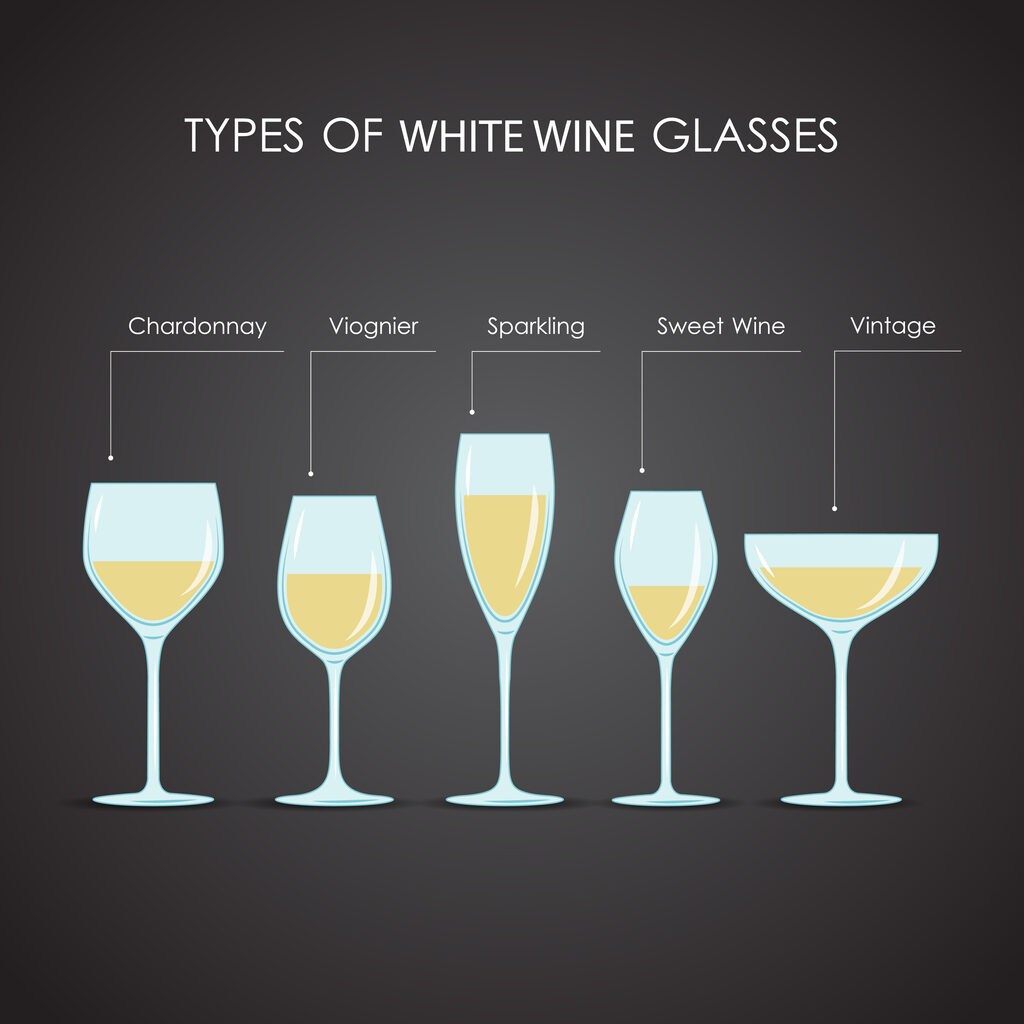
Lastly, it is worth noting that both Riesling and Pinot Grigio can benefit from some time in the decanter before serving, particularly if they are younger vintages. This gentle exposure to air helps open up their complexities and allows them to fully express themselves on your palate. Just a quick swirl in the decanter or even leaving the bottle to breathe for 15 minutes can work wonders in enhancing their aromatic profiles and overall enjoyment.
Conclusion
In conclusion, the debate between Riesling and Pinot Grigio will continue to divide wine enthusiasts. While both varieties have their own unique characteristics and appeal to different palates, it ultimately comes down to personal preference. Riesling offers a versatile range of flavors, from dry and crisp to sweet and fruity, making it a suitable choice for various occasions. On the other hand, Pinot Grigio’s light and refreshing profile makes it an ideal wine for warm summer days or as an accompaniment to light meals. Whether you prefer the complex depth of Riesling or the simplicity of Pinot Grigio, exploring both wines can be a delightful journey of discovering new tastes and expanding your wine knowledge.

